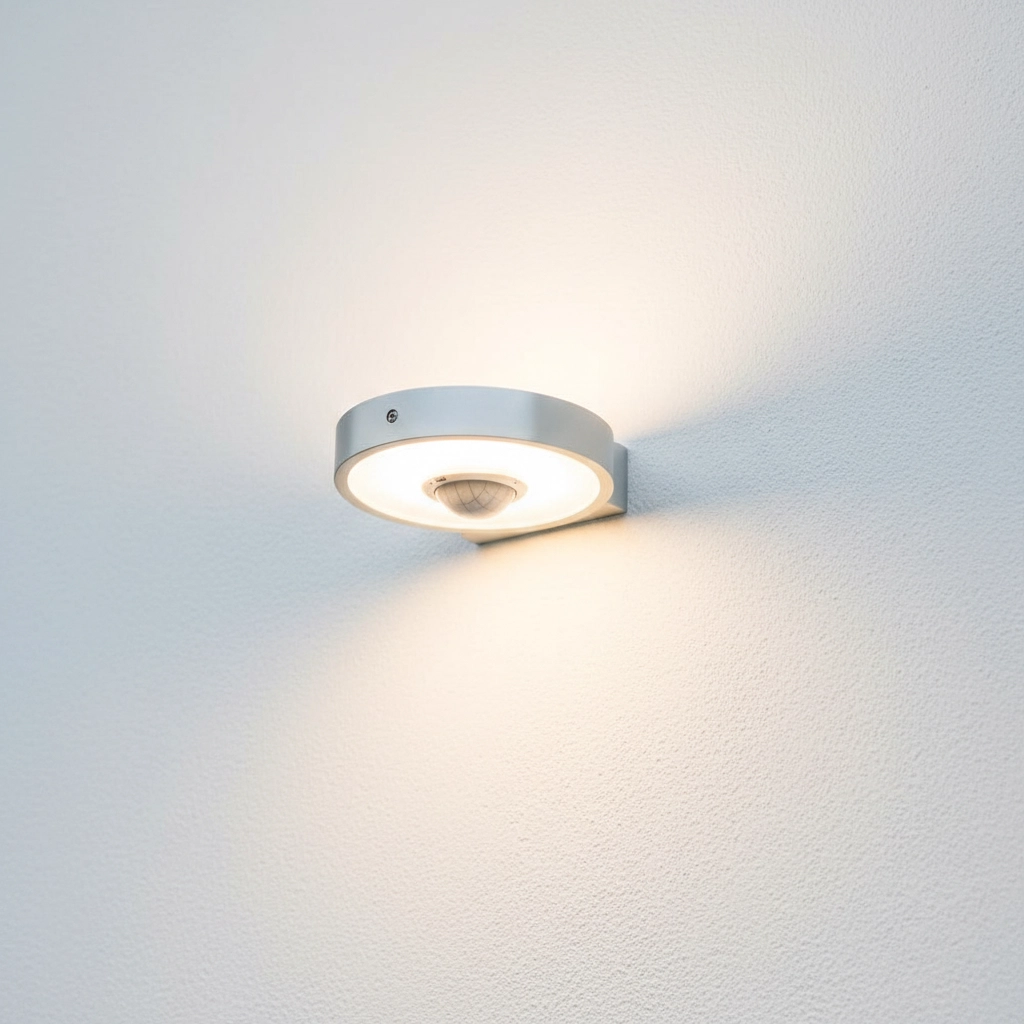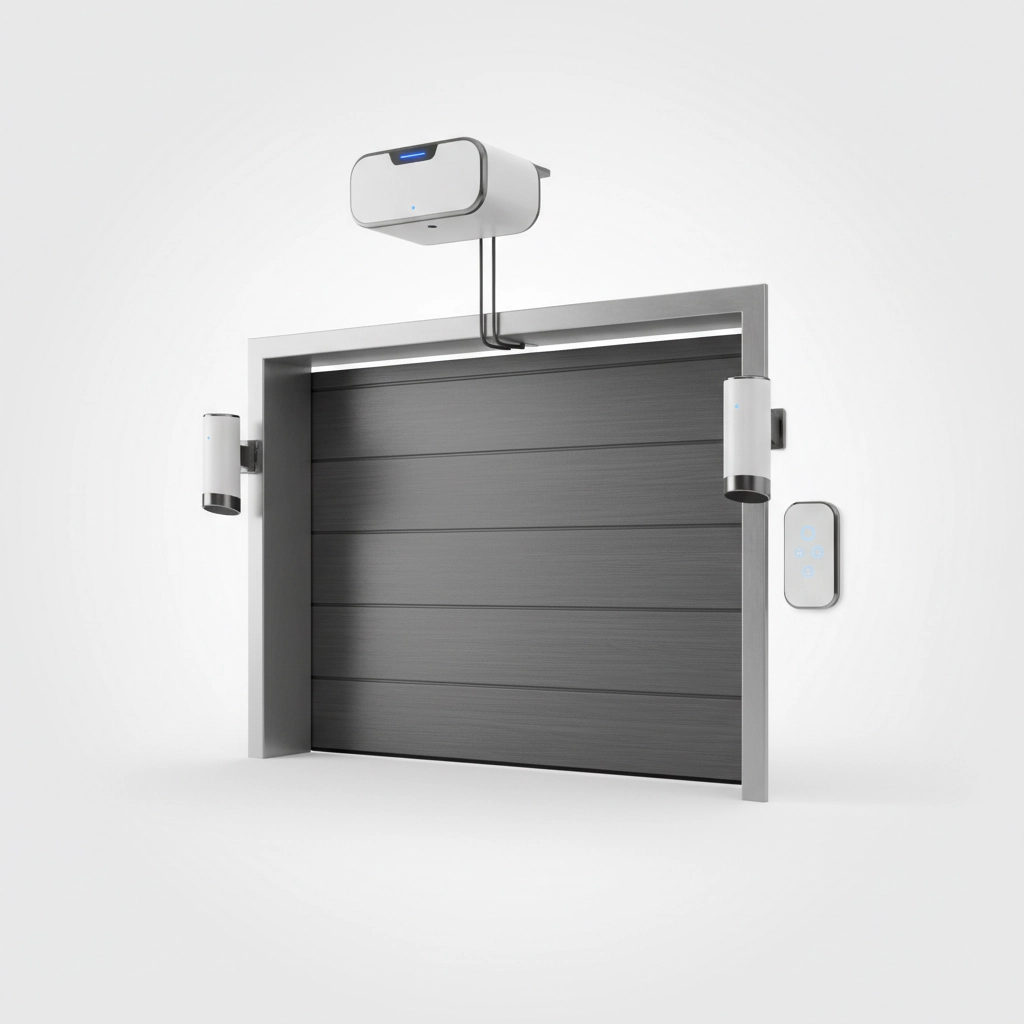Are You Making These 5 Dangerous Home Protection Mistakes?
- Savvi

- Oct 31
- 6 min read
Let's be honest: most of us think we're pretty smart about keeping our homes safe. We lock the front door, maybe set an alarm, and call it good. But here's the thing: burglars aren't looking for the most secure house on the block. They're looking for the easiest target. And unfortunately, many homeowners are unknowingly rolling out the red carpet for intruders.
The statistics are eye-opening. A break-in happens every 13 seconds in the United States, and about 34% of burglars simply walk through the front door. That's not because they're master lockpickers: it's because we're making basic mistakes that turn our homes into sitting ducks.
The good news? These mistakes are totally fixable. Even better? When you understand what makes homes vulnerable, you can take proactive steps that don't just protect your property: they can also save you money on insurance. Let's dive into the five most dangerous home protection mistakes that could be putting your family and belongings at risk.
Mistake #1: Playing Hide-and-Seek with Your Spare Key (And Losing Every Time)
We've all been there. You're rushing out the door, realize you forgot something inside, and suddenly remember you hid a spare key "somewhere safe" outside. Problem is, your idea of a clever hiding spot probably isn't as clever as you think.
Under the doormat, inside a fake rock, under a potted plant, above the door frame: burglars know all these tricks. They've been checking these spots since before smartphone cameras were a thing. It takes them about 30 seconds to find what you thought was your secret backup plan.

The smarter approach: If you absolutely must have a spare key outside, invest in a high-quality lockbox with a scramble code. But honestly? The best solution is going keyless entirely. Smart locks with keypads, smartphone apps, or biometric entry eliminate the spare key problem completely. Plus, many insurance providers (including forward-thinking companies focused on prevention) offer discounts for smart security upgrades.
Pro tip: If someone in your family frequently forgets keys, consider giving a spare to a trusted neighbor instead of hiding it outside. It's more secure and builds community relationships: a win-win.
Mistake #2: The "Just for a Minute" Door and Window Trap
Here's a scenario that happens more often than anyone wants to admit: You're taking out the trash, grabbing something from your car, or running to your neighbor's house "just for a minute." So you leave the front door unlocked. Or you open windows on a nice day and forget to close them when you leave.
Burglars call this "opportunistic crime," and it's their favorite kind. They're not necessarily planning to hit your house specifically: they're just testing doors and windows until they find one that opens. Once they're inside, they can grab valuables and be gone in under 10 minutes.
The reality check: It takes less than three minutes for someone to spot an unlocked door, enter your home, grab portable electronics, jewelry, or cash, and disappear. That "quick trip" to your car could cost you thousands of dollars and your sense of security.
The fix: Make locking up as automatic as grabbing your keys. Install deadbolts on all exterior doors (not just the front door), and get in the habit of doing a quick "lock check" every time you leave. For windows, consider smart sensors that alert you if they're left open when you arm your security system.
Mistake #3: Rolling Out the Dark Carpet for Intruders
Picture this: It's 10 PM, and your house is completely dark from the outside. No porch light, no motion sensors, no landscape lighting. To a burglar, this looks like an invitation. Darkness gives them cover to approach your home, check for unlocked doors and windows, and even break in without being seen by neighbors.
Most break-ins happen between 10 AM and 3 PM when people are at work, but evening break-ins are often more dangerous because criminals are bolder under cover of darkness. Poor lighting doesn't just make your home a target: it also makes it harder for security cameras to capture useful footage.

The bright solution: Motion-activated LED lights are your best friend. Install them at all entry points: front door, back door, side gates, and any ground-floor windows. The sudden flood of light when someone approaches serves two purposes: it startles potential intruders and alerts you (and your neighbors) to movement around your property.
Bonus points: Solar-powered motion lights are incredibly easy to install and don't add to your electric bill. Smart lighting systems can even be programmed to turn on and off randomly when you're away, making it look like someone's home.
Mistake #4: Leaving Your "Burglar Assistance Kit" Outside
You wouldn't leave a ladder leaning against your house with a sign that says "Free access to second-floor windows," but that's essentially what many homeowners do. Ladders, tools, patio furniture, and even garbage cans left outside can become a burglar's best friend.
Here's how it works: A criminal spots your house, notices a ladder in your backyard or tools left on your patio, and suddenly those locked first-floor doors and windows don't matter. They can use your own equipment to reach second-floor windows, which are less likely to be secured and visible to neighbors.
The prevention strategy: Anything that could help someone access your home should be locked away in a garage, shed, or storage area. This includes:
Ladders (obviously)
Tall patio furniture or deck chairs
Garden tools like shovels or rakes
Even your outdoor trash cans on non-pickup days
Smart tip: If you must store items outside, chain or lock them together. It won't stop a determined thief, but it will slow them down: and burglars hate spending extra time at a target.
Mistake #5: Treating Your Garage Like It's Not Part of Your House
Here's the mistake that catches most people off guard: they secure their house but completely ignore their garage. Big problem. Your garage often connects directly to your home and contains valuable items like cars, bikes, tools, and seasonal equipment. Plus, garage doors are frequently easier to breach than your front door.
Many homeowners leave their garage door remote in their car (even when parked in the driveway), forget to lock the side door that leads into the garage, or leave the big garage door partially open for "ventilation." Each of these habits creates an easy entry point.

The comprehensive fix:
Always lock the door between your garage and house, treating it like any other exterior door
Don't leave garage door remotes in cars parked outside
Install a deadbolt on any side doors leading into the garage
Consider upgrading to a smart garage door opener that sends alerts if the door is left open
Never leave the garage door partially open when you're not home
Modern solution: Smart garage door systems can send notifications to your phone if the door is opened, let you check if it's closed from anywhere, and even allow you to close it remotely. This technology eliminates the "Did I remember to close the garage door?" anxiety that leads to many security compromises.
The Prevention-First Mindset: Beyond Basic Security
Here's what separates truly secure homeowners from everyone else: they think like prevention specialists, not just security guards. Instead of only reacting to threats, they eliminate vulnerabilities before problems occur.
This proactive approach is exactly what modern insurance companies are rewarding. Why? Because prevention is always cheaper than paying claims. When you install smart locks, security systems, motion lighting, and other preventive measures, you're not just protecting your home: you're demonstrating to insurers that you're a lower-risk customer.
Companies focused on loss prevention, like Savvi, understand that the best claim is the one that never happens. That's why they offer comprehensive discounts for customers who invest in smart home security technology and proven prevention measures.
Taking Action: Your Home Security Audit
Ready to stop making these dangerous mistakes? Here's your action plan:
This weekend:
Walk around your property at night and identify dark areas that need lighting
Check all doors and windows to ensure they lock properly
Secure or store any outdoor items that could assist a burglar
This month:
Invest in motion-activated lighting for key areas
Upgrade to smart locks or install high-quality deadbolts
Consider a smart security system with door/window sensors
This year:
Review your insurance coverage and ask about discounts for security improvements
Evaluate whether your current protection strategy truly reflects your home's value and your family's needs
The reality is simple: preventing break-ins is easier and less expensive than dealing with the aftermath. Every security upgrade you make not only protects your family and belongings but also demonstrates the kind of proactive thinking that insurance companies value in their customers.
Don't wait for a wake-up call. Take control of your home's security today, and enjoy the peace of mind that comes with knowing you've eliminated the most dangerous vulnerabilities. Your family's safety: and your wallet (will thank you.)

Comments